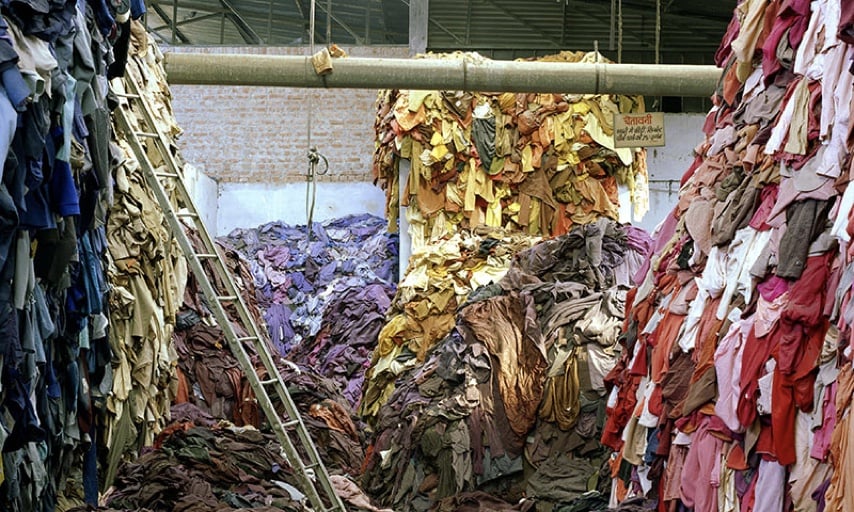As you now know, the fashion industry is among, if not the most contaminating industries in the world. But what is it that it has done to come to this point? Why does such an unsustainable model remain so popular?
Previously, we used to talk about fashion in relation to the seasons. A fashion Brand would launch 2 collections a year which corresponded to autumn-winter and spring-summer. Nowadays, with Fast Fashion, design to shelf times have been cut so much that micro seasons have been created, which generate the need to renew your wardrobes with the latest trends.
This speed of production means that, as consumers, we need this new, trendy garment, just as it becomes available because next week, it may no longer be so.

Contamination, emissions and waste
The fashion industry is responsible for 10% of carbon dioxide emissions and is one of the most demanding of water. It emits polluting gases, feeds off non-renewable energies and contaminates our waters with chemicals.
The problem is that, when you buy a T-shirt from a Brand that follows the Fast-Fashion model, you have no idea what is behind that cotton, for example. You might not buy it as blithely if you knew that, in its production, 2700 litres of water would end up as a residual filled with chemicals.
To all this damaging process you need to add other data; a large part, almost half of the cloth produced by big brands in the world of Fast-Fashion, ends up as land-fill or in the incinerator.
In our hands
It is hard to believe that such an unsustainable model could continue in operation, and even more so when you know that it is thanks to all of us as consumers who support it with our buying habits.
A garment has a much longer lifespan than those ten times that you wear it and then return it to the wardrobe because it is “out of fashion”.
Fashion needs to become part of a process of a circular economy. That is to say; a circle which feeds back on itself in a way that is like the following; fabrication of primary materials and cloths, fabrication of garments, arrival at stores, hang them in your wardrobes and wear them, pass them on to second hands, recycle the textile material to return to the production of primary materials and textiles and continuing the cycle.
If you are a lover of trends, the most modern trend right now is to support this change that is so necessary.














